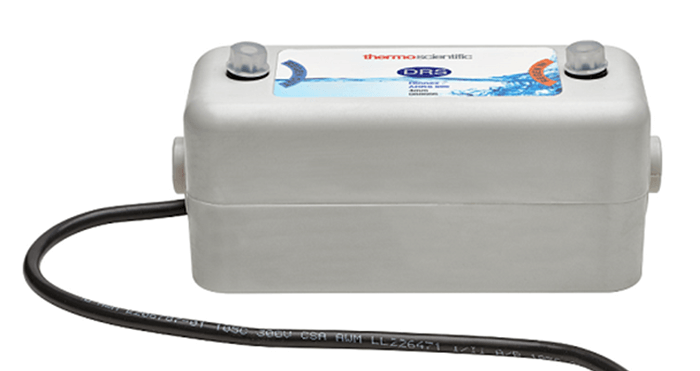Introduction
In the years leading up to 1971, Hamish Small and the other ion chromatography (IC) pioneers at the Dow Chemical Company abandoned ion-exchange chromatography as a practical technique. They had found that the highly concentrated solutions needed to displace some analytes of interest created such a high level of noise that it masked the analyte signal.

Fortunately, 1971 saw the invention of a “stripper” (later termed a suppressor) to convert the highly-conducting molecules in the eluent to a low-conducting form against which the analyte signal could be clearly seen. Since that time, suppressors have evolved and several types are now commercially available, and it can be difficult to compare the many options. In this white paper, we will look at the benefits and drawbacks of each.






